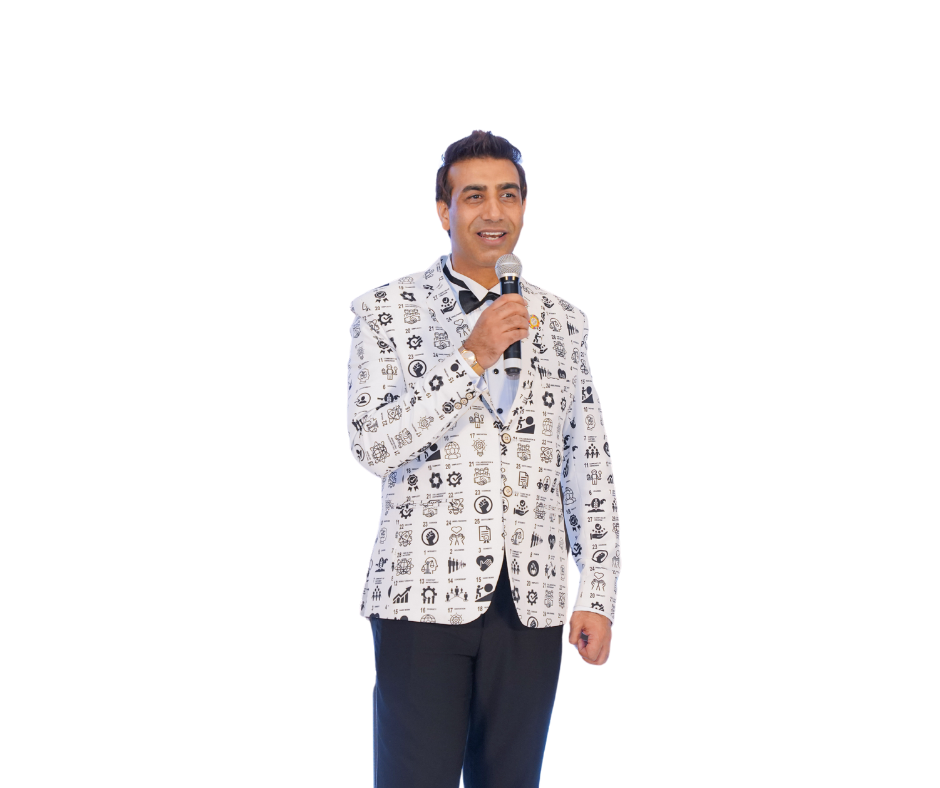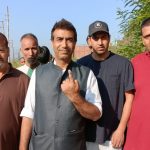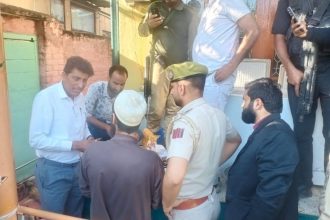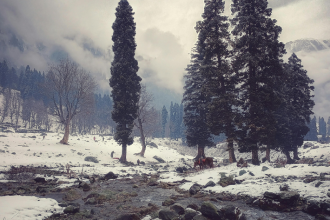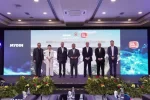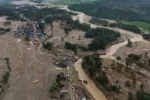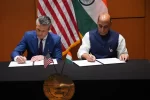As we approach the upcoming elections in Srinagar, there’s hope and anticipation for a significant shift in voter turnout. Historically, Srinagar has experienced fluctuating voting patterns, often seeing minimal participation in the past few decades. However, the possibility of a transformation this time cannot be ruled out.
Srinagar, a long-time stronghold of the National Conference, witnessed a sharp decline in voter engagement after the 1990s. From boycotts by the Plebiscite Front in earlier decades to Hurriyat’s calls for non-participation in more recent elections, the city’s election history has been marked by low turnout, rigging allegations, and political unrest.
A Look Back at Srinagar’s Electoral History
Since the first Assembly elections in 1957, Srinagar’s voter engagement has seen its ups and downs. From the high participation rates in the 1977, 1983, and 1987 elections to the steep drop in turnout post-1990, voting behavior in the city reflects the region’s turbulent political landscape. Some constituencies in Srinagar saw voter participation as high as 80-90% in the past, while others barely registered 3-4% turnout in more recent elections, particularly in 2002.
Zadibal Assembly Constituency: A Case Study
Zadibal, a notable assembly segment, has seen its fair share of electoral battles. In the 1972 elections, independent candidate Saleem Anwar Dhar led the race with 6,173 votes. By 1977, the National Conference candidate Ghulam Ahmad Shunthoo won the seat in what was considered one of the most transparent elections in Kashmir’s history. The constituency recorded an impressive 81% voter turnout that year. Fast forward to 1987, the polling percentage in Zadibal remained over 71%, but the rigging allegations surrounding that election left a lasting impact on Srinagar’s political landscape.
Khanyar and Amirakadal: Declining Numbers
The Khanyar and Amirakadal assembly constituencies also tell a tale of high participation followed by a sharp decline. In 1972, Khanyar recorded a brisk 62% turnout, but by the 1996 and 2002 elections, voter apathy had set in, with participation dropping to 3%. Amirakadal, too, saw a drop from 73% in 1983 to a mere 11% in 1996.
What Can We Expect This Time?
As the current election approaches, the political climate in Srinagar appears to be shifting. People may be more inclined to cast their votes as a means of expressing their frustrations and hopes for change. While past elections have seen participation dip to historically low levels, there is optimism that voter turnout could rise to 50-55% this time around.
By Dr. Bilal Ahmad Bhat, Independent Candidate of 32-Pampore Consistency, speaking to the media: “Let’s hope for the transformation this time.”
